Ayia Napa, widely known for its stunning beaches and vibrant nightlife, also boasts a rich cultural heritage that is well worth exploring. From fascinating museums to ancient historical sites, this charming coastal town offers a glimpse into the past and the diverse cultural influences that have shaped it. Here are some of the must-visit museums and historical sites in Ayia Napa:
1. Thalassa Municipal Museum
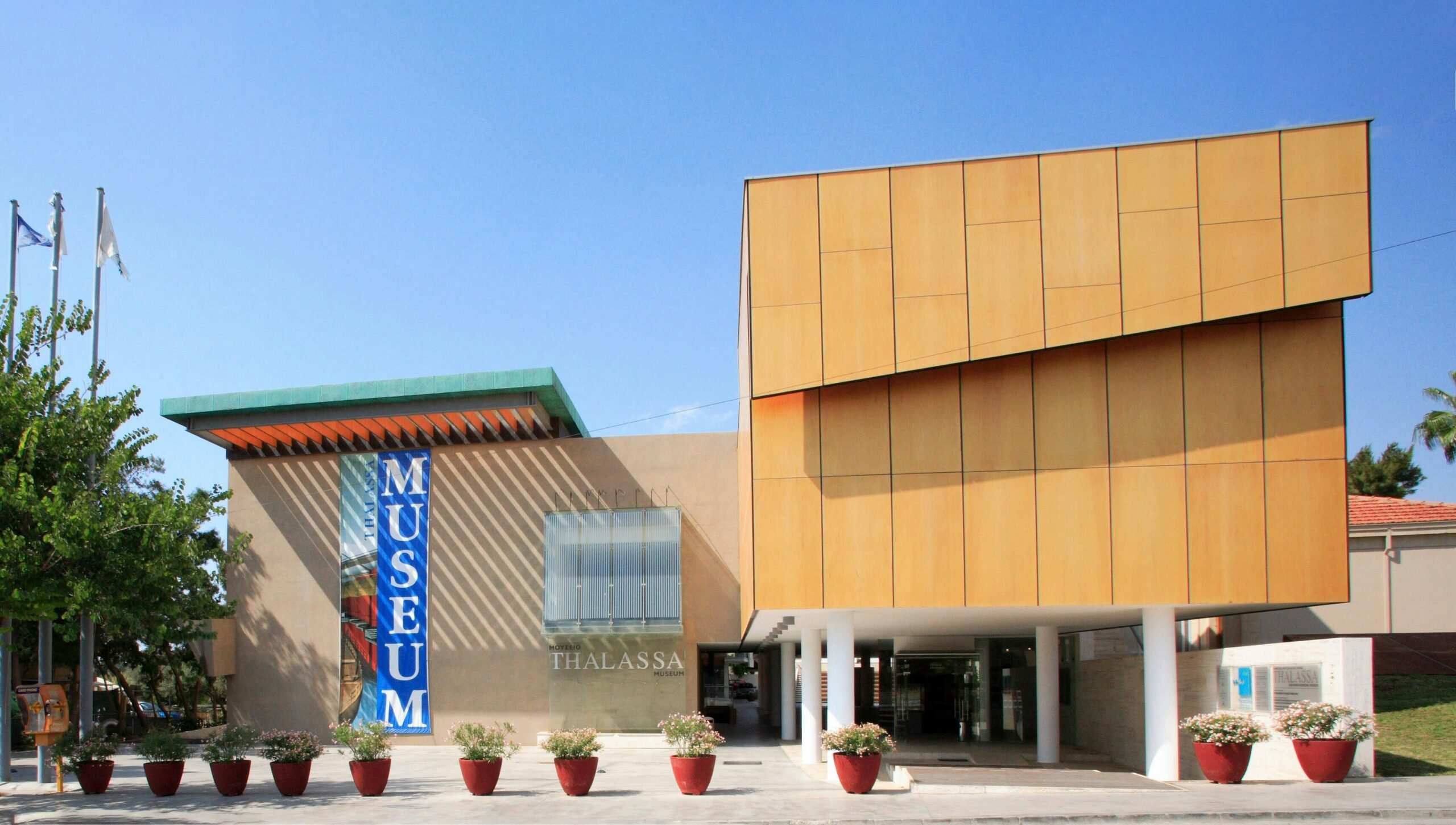
The Thalassa Municipal Museum is a cornerstone of cultural exploration in Ayia Napa. Dedicated to the sea, this museum showcases the maritime history of Cyprus, with exhibits ranging from ancient shipwrecks to modern marine biology. One of the highlights is the life-sized replica of the ancient ship “Kyrenia II,” providing a fascinating look at seafaring life in antiquity. The museum also hosts various temporary exhibitions, educational programs, and workshops.
2. Ayia Napa Monastery
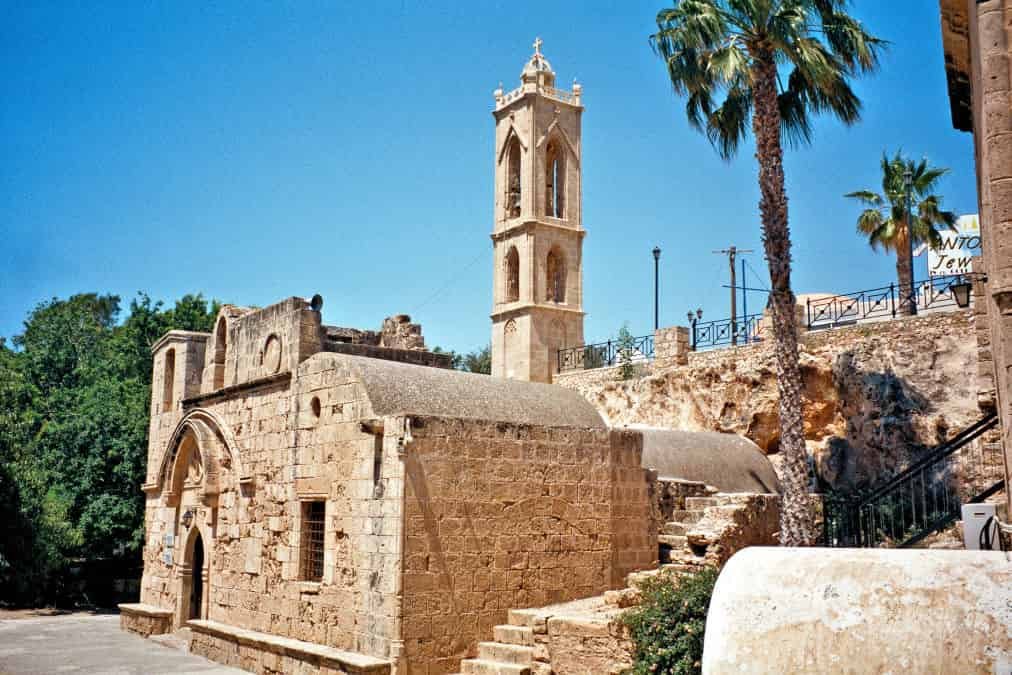
3. Makronissos Tombs

4. Ayia Napa Aqueduct
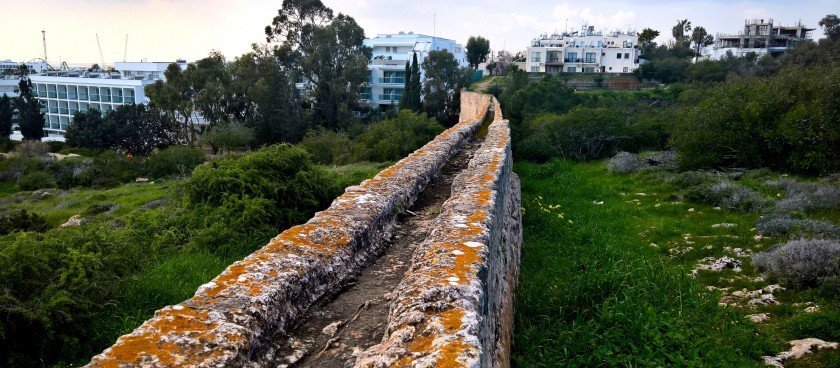
5. Ethnographic Museum of Avgorou
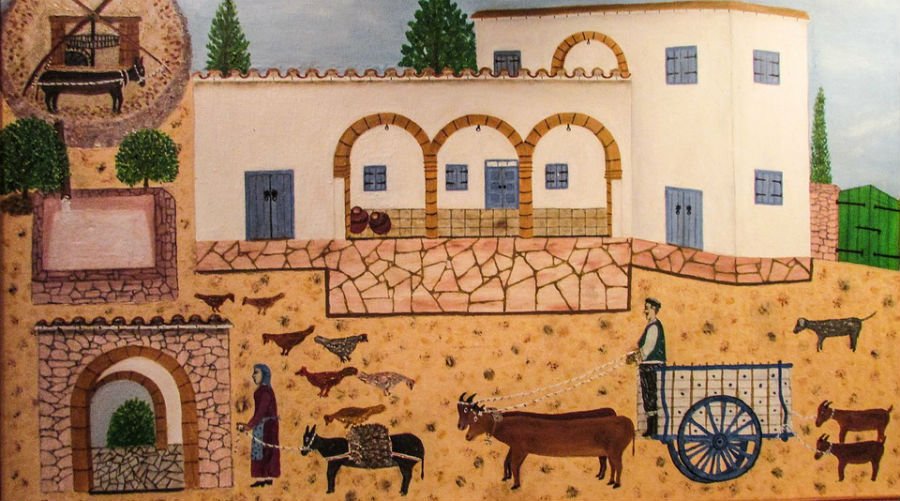
6. Love Bridge
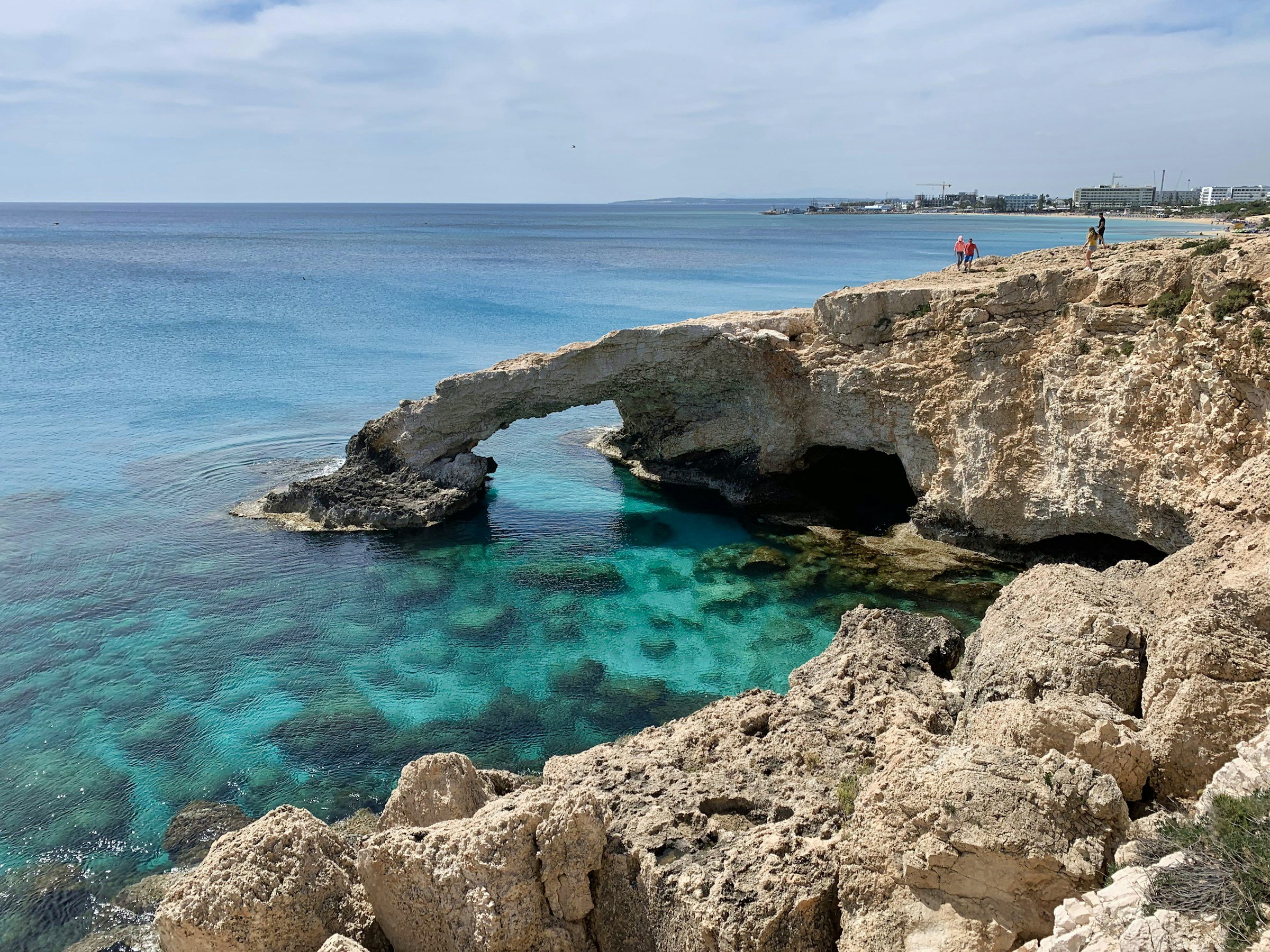
7. Ayia Napa Sculpture Park
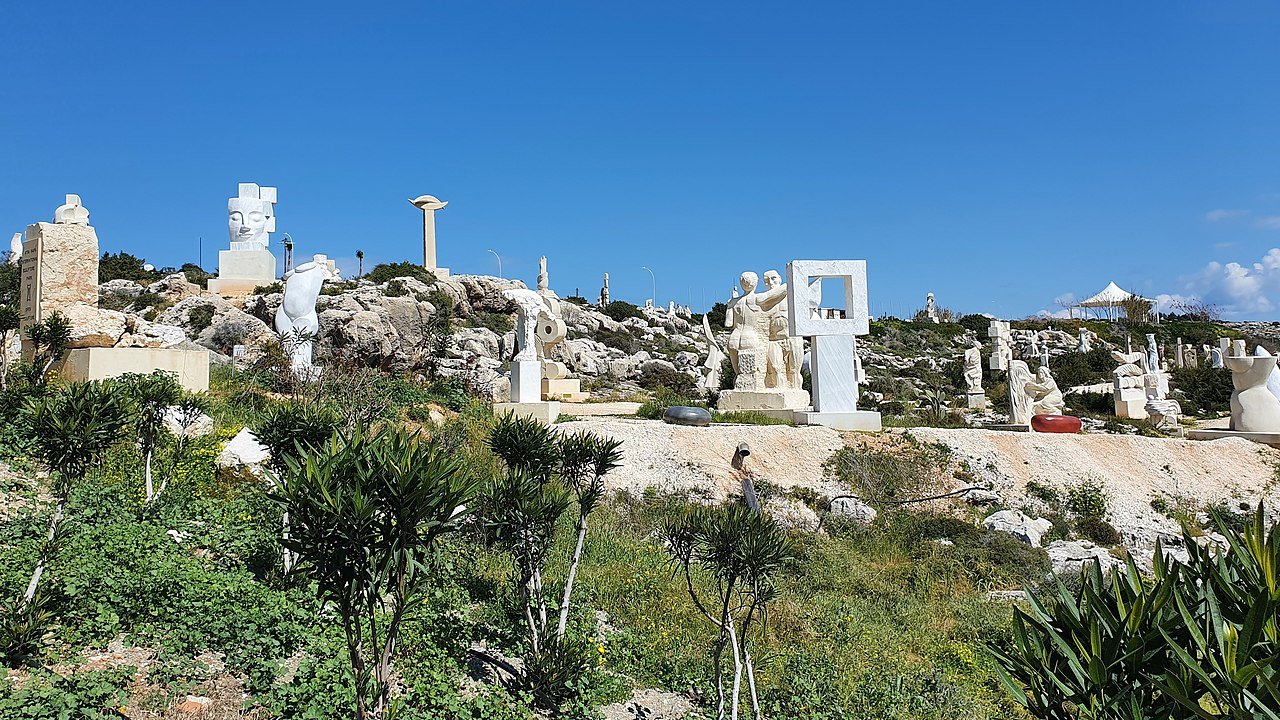
8. The Church of Profitis Elias
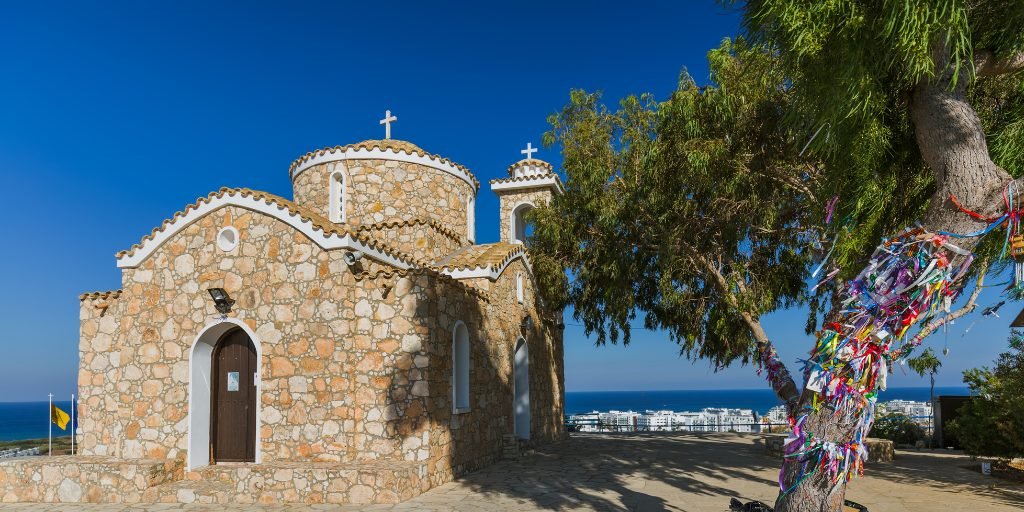
Top Historical Sites in Ayia Napa: Conclusions
Ayia Napa’s cultural and historical sites offer a rich tapestry of experiences for those looking to explore beyond the beaches and nightlife. Whether you’re interested in ancient history, religious heritage, or contemporary art, Ayia Napa has something to offer every culture enthusiast. So, take a break from the sun and sea, and dive into the fascinating cultural landscape of this captivating town.





